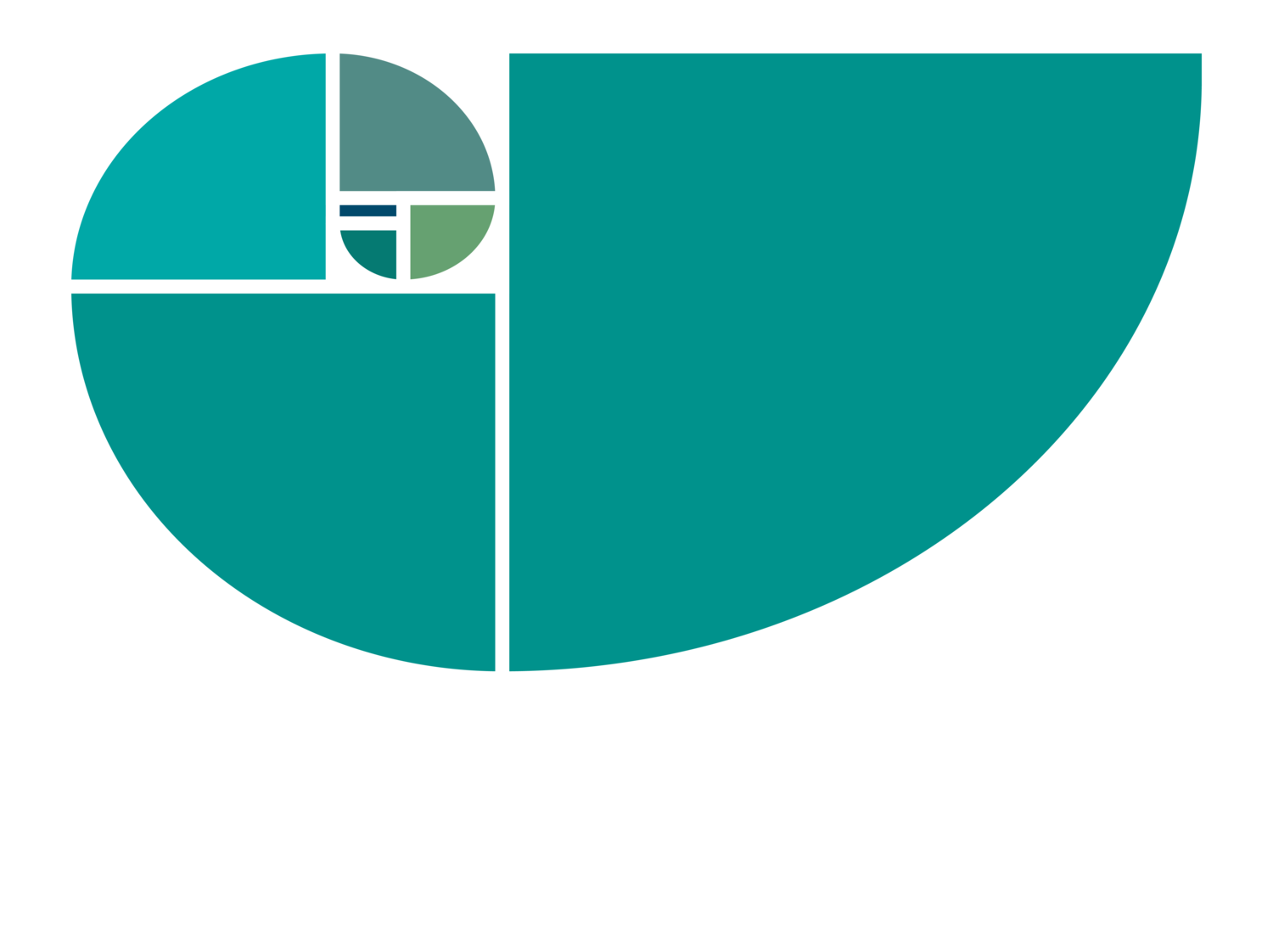Give Me Five Minutes and I’ll Change Your Mindset
Of the two blue circles above, which one is larger?
Actually, they’re the same size. The size of the black circles surrounding the blue ones affect our perception, so the one on the right appears to be larger. This is the Ebbinghaus illusion, discovered by the German psychologist Hermann Ebbinghaus.
This size contrast illusion has been inciting speculation ever since it was discovered in the late 1800s. In 2011 psychologist Jessica Witt and colleagues applied the Ebbinghaus illusion to golf with a putting green experiment. Dr. Witt surrounded a 5-centimeter hole with 11 small or 5 large circles via a projector. For each setup, participants had 10 chances to putt. The researchers found that participants made more successful putts when they perceived the hole to be larger (surrounded by small circles).
This experiment suggests a link between perception, confidence, and performance—and not just in golf. The way we see things affects our mindset. This set of attitudes and beliefs about ourselves and the world influences our efforts, results, and the way we perceive these results.
Just as the golfers’ perception of the size of the holes affected their mindset, which in turn improved their performance, our mindset determines whether we see what we are aiming for as a small or large target, directly influencing the way we act and the results we experience. Shifting our mindset is a powerful lever for change.
A colleague recently told me a story that illustrates the impact of mindset. After a long day teaching at a top university and battling administrative politics, he came home, settled at the kitchen table, and began telling his wife everything that had gone wrong. His wife listened for five minutes. She then challenged him to look for and relay everything that had gone well for an equal five minutes. She set the timer. At first, he found it hard to think of even one good moment…but finding one led to remembering another, and then another. After five minutes his demeanor had changed, and he was in a completely different mindset from when he first sat down. He looked at his wife, astonished at his list of satisfactions and accomplishments. He went off to work the next day with a very different agenda from the one he would have had without that second set of five minutes.
As my colleague found, viewing life from “what’s wrong” leads to different possibilities than looking for and highlighting “what’s right.” Both are mindsets. The first is a deficit mindset, narrowing the focus to problems, shortfall, loss. The second is an appreciative mindset, widening the frame to look for and appreciate the positive, what’s working and sufficient. Both ends of the continuum from deficit to appreciative can be useful, but an overuse of deficit mindset narrows thinking, limits creativity, and reduces motivation to change.
To see life as a series of problems to be solved, errors to be corrected, improvements to make is to work from a deficit mindset. Identifying what isn’t working might be necessary to fix a car, shift a relationship, or improve a team. But we get stuck here, adopting what we’ve been taught in school (red marks on papers) and at work (more negative than positive feedback).
A deficit mindset is operating when we ask these sorts of questions:
What is missing?
What is not working?
What do we need to fix?
What is wrong?
How do we solve the problem?
At the other end of the continuum is the asset-based or appreciative mindset. It looks at the same set of experiences from a different point of view, as my colleague did when his wife set the timer. Questions include:
What is working?
What do we value?
What are our best practices?
What can we leverage?
How can we strengthen what’s working?
What is possible?
In our own minds or in conversation with others, appreciative questions make it possible to understand, anticipate, and heighten positive potential. We “see” a larger putting hole, or opportunity, and our confidence and performance improve.
Set your timer for 5 minutes. Carve out the time to delve into what IS working to start your next team meeting. Refocus your mindset, and the dream that seemed impractical or the goal that seemed unattainable may be fulfilled.
Other resources
Appreciative Inquiry thought leaders like Diana Whitney, at the Taos Institute and David Cooperrider, Case Western Reserve University, are forging a positive mindset revolution that is radically transforming knowledge and practices in leadership and management–for the benefit of all.
Information about the Ebbinghaus illusion
A more detailed description of Dr. Jessica Witt’s golf experiment:

